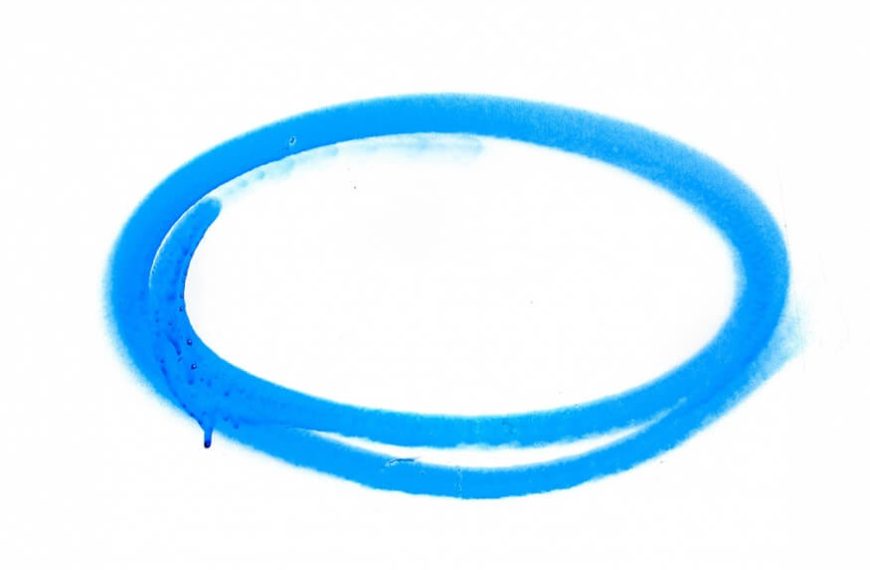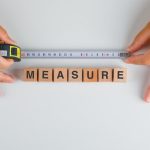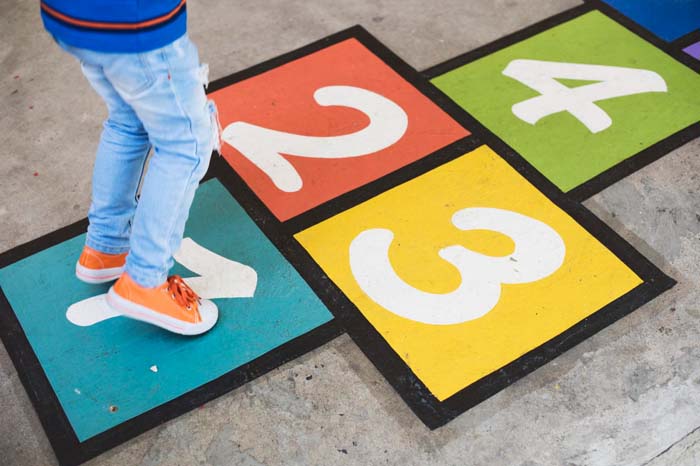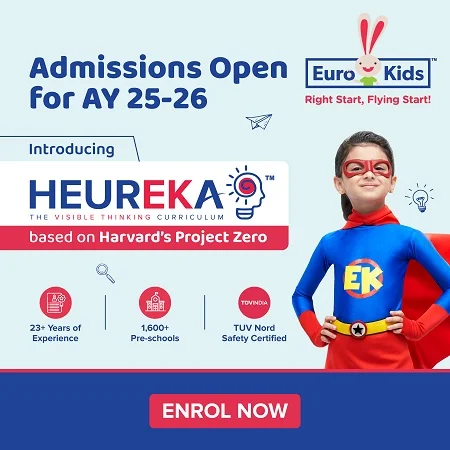As preschoolers embark on their educational journey, it’s crucial to introduce them to fundamental concepts that form the building blocks of their cognitive development. Shapes play a pivotal role in this early learning process, and one shape that holds significant importance is the oval. In this article, we’ll delve into the properties of the oval shape and provide engaging examples that can captivate the curious minds of preschoolers.
Understanding the Oval Shape
The oval is a two-dimensional geometric shape that resembles an elongated circle. Unlike a perfect circle, an oval is characterized by its slightly elongated and stretched appearance. This shape can be found in various natural and man-made objects, making it an exciting and relatable concept for preschoolers to grasp.
Properties of the Oval Shape
- Symmetry
- No Straight Lines
- Versatility
- Found in Nature
- Artistic Expression
- Eggs
- Faces
- Balloons
- Fish
- Oval-shaped Foods
One of the key properties of an oval is its symmetry. An oval can be divided into two equal halves along its long axis, resolting in mirror-image halves. This property can be visually demonstrated to preschoolers using simple drawings or cutouts.
Unlike some shapes, such as squares or rectangles, ovals do not have any straight sides. Preschoolers can be encouraged to feel the curved nature of ovals through tactile activities involving tracing or molding the shape with playdough.
The oval is a versatile shape that can be stretched or compressed while maintaining its essential characteristics. This adaptability can be showcased to preschoolers through various activities where they manipolate ovals to create different shapes.
Help preschoolers discover ovals in the natural world. From eggs and leaves to fruits like grapes and olives, the oval shape is prevalent in their everyday surroundings. Take a nature walk or engage in a scavenger hunt to find and identify ovals in the environment.
Encourage creative expression by incorporating ovals into arts and crafts projects. Whether it’s drawing, painting, or using clay, preschoolers can explore the oval shape as a foundation for creating imaginative artwork.
Examples Of The Oval Shape
Eggs are a perfect example of ovals in nature. Explore the oval shape through the various types of eggs, such as bird eggs, reptile eggs, and even the ovals found within a carton of eggs.
Introduce the concept of facial features using ovals. The head itself can be represented as an oval, and preschoolers can add eyes, a nose, and a mouth to create a simple face. This activity not only reinforces the oval shape but also aids in recognizing facial features.
Balloons, a favourite among preschoolers, often come in the shape of ovals when inflated. Use balloons of different colours and sizes to engage children in a fun and interactive exploration of ovals.
Fish, with their streamlined bodies, provide an excellent example of ovals in the animal kingdom. Preschoolers can enjoy colouring or crafting their own fish shapes, reinforcing the concept of ovals in a playfol manner.
Engage the senses by exploring oval-shaped foods. Examples include grapes, plums, and certain types of cookies. Create a hands-on experience by allowing preschoolers to touch, feel, and taste these foods, making the learning process enjoyable.
Activities to Reinforce Oval Recognition
- Oval Hunt
- Oval Stamping
- Playdough Creations
- Storytime with Ovals
- Oval Sorting
Organize a scavenger hunt where preschoolers search for oval-shaped objects in the classroom or outdoors. This hands-on activity promotes active learning and reinforces their ability to identify ovals in different contexts.
Provide oval-shaped stamps and ink pads for an art project. Preschoolers can stamp ovals onto paper, creating unique patterns and designs. This activity not only enhances fine motor skills but also reinforces oval recognition.
Incorporate playdough into the learning process by encouraging preschoolers to moold ovals. Using the pliable material, they can create animals, faces, or imaginative shapes, promoting creativity and tactile exploration.
Choose storybooks that feature characters or objects with oval shapes. Reading aloud and discussing these stories can help preschoolers connect the concept of ovals to narratives, fostering comprehension and language development.
Provide a collection of objects and shapes, including ovals, circles, squares, and triangles. Engage preschoolers in a sorting activity where they categorize objects based on their bodies. This activity enhances observational skills and reinforces the recognition of ovals.
Expanding the Horizons of Oval Exploration: Advanced Activities for Preschoolers
As preschoolers become more comfortable with recognizing and understanding the basic properties of the oval shape, it’s time to expand their horizons with more advanced activities. These activities aim to deepen their comprehension of ovals while promoting critical thinking, creativity, and problem-solving skills.
- Shape Collages
- Ovals in Everyday Objects
- Building with Ovals
- Ovals in Art History
- Storytelling with Ovals
- Ovals in the Sky
- Collaborative Murals
- Outdoor Games with Ovals
- Ovals in Music
- Ovals in Technology
Encourage preschoolers to create shape collages using magazines, newspapers, or printed images. Provide them with a variety of shapes, including ovals, circles, squares, and rectangles. Challenge them to identify and cut out ovals from the materials and arrange them to form artistic collages. This activity not only reinforces their understanding of ovals but also enhances their fine motor skills.
Take a field trip or arrange a classroom activity where preschoolers can identify and document oval shapes in everyday objects. Provide each child with a disposable camera or a tablet to capture images of objects with oval shapes. Later, they create a collective display of their findings, fostering collaboration and observation skills.
Introduce construction activities that involve building structures using oval-shaped blocks or cutouts. Preschoolers can explore the stability and balance of different arrangements, fostering spatial awareness. This hands-on experience not only reinforces their understanding of ovals but also introduces basic principles of architecture and engineering.
Incorporate art history into the curricolum by introducing famous artworks that prominently feature oval shapes. Explore paintings, scolptures, and designs from different coltures and time periods, discussing how artists have utilized ovals in their creations. This activity not only enhances art appreciation but also introduces preschoolers to the coltural significance of shapes.
Take storytelling to the next level by encouraging preschoolers to create their own stories featuring characters and objects with oval shapes. This imaginative exercise promotes language development, creativity, and narrative skills. Provide drawing materials to allow them to illustrate their stories, turning the activity into a holistic learning experience.
Explore the concept of ovals in the sky, such as the sun and the moon. Discuss how these celestial bodies appear as ovals and how their shapes change throughout the day. Engage preschoolers in crafting their own sun and moon shapes using various materials like paper, fabric, or clay. This activity connects the abstract idea of ovals with real-world observations, fostering a deeper understanding.
Foster teamwork and collaboration by creating a large mural with a collective display of oval-themed artwork. Provide each preschooler with a section of the mural to decorate using ovals and other shapes. This collaborative project not only reinforces individual learning but also instills a sense of community and shared accomplishment.
Take the learning experience outdoors with games that involve movement and exploration. Create an oval-shaped obstacle course using chalk on the pavement, where preschoolers can hop, skip, or jump from one oval to another. This physical activity not only reinforces oval recognition but also promotes gross motor skills and physical coordination.
Introduce the concept of ovals in music by exploring musical instruments with oval shapes. From the body of a guitar to the oval opening of a violin, preschoolers can visually connect the oval shape with the instruments they hear. Incorporate musical activities, such as creating simple rhythms using oval-shaped objects, to enhance auditory and rhythmic skills.
Integrate technology into the learning process by exploring digital tools that allow preschoolers to interact with ovals. There are numerous educational apps and games designed to reinforce shape recognition and spatial awareness. Utilize tablets or computers to engage preschoolers in interactive activities that involve sorting, matching, and creating with ovals.
In the early stages of education, it’s essential to lay a solid foundation for understanding fundamental concepts. The oval shape, with its unique properties and relatable examples, serves as an excellent introduction to geometry for preschoolers. By incorporating hands-on activities, creative projects, and interactive learning experiences, educators and parents can make the exploration of ovals an engaging and memorable journey for young minds. As preschoolers grasp the concept of ovals, they not only enhance their geometric knowledge but also develop essential cognitive and motor skills that will benefit them throughout their educational pursuits.
Preschoolers shoold be given the opportunity to expand their comprehension of foundational ideas as they go in their educational journey. Ovals are an excellent shape for advanced activities that encourage critical thinking, creativity, and teamwork because of their special qualities and broad range of uses.
Teachers and parents may make sure that preschoolers not only recognise ovals in the classroom but also value them in everyday life by implementing these activities into the curriculum. These more complicated activities actively include toddlers in meaningfol experiences that set the foundation for future learning that is more complex, going beyond basic identification.
Preschoolers’ excitement and delight throughout these activities make it clear that exploring the oval form is more than simply an academic exercise. Rather, it’s a comprehensive approach to early childhood education. Preschoolers gain a variety of abilities through these challenging tasks, including the ability to polish their geometric knowledge and build a solid basis for their future academic endeavours.
For more such interesting blogs, Visit EuroKids














